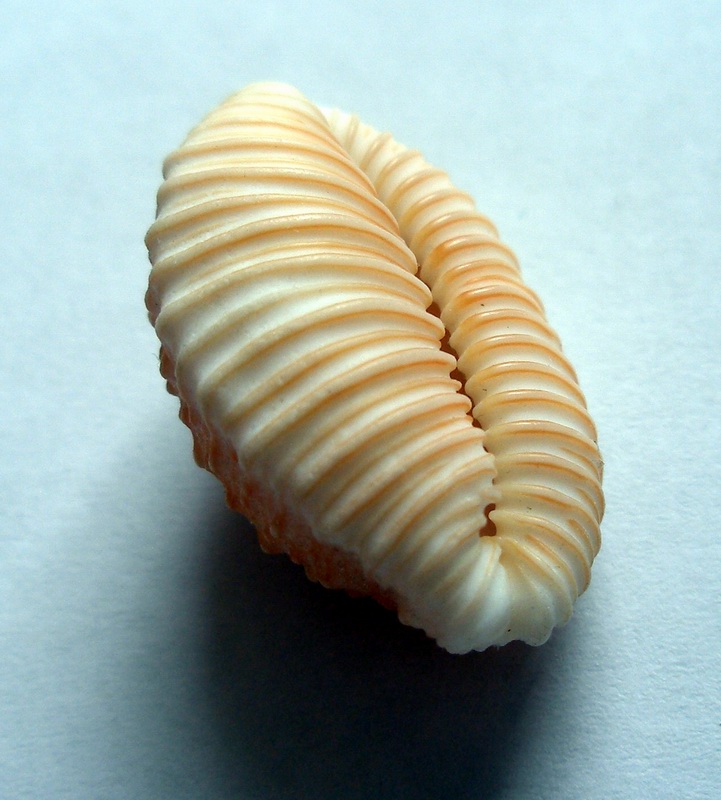Demo'ish objects
category: offtopic [glöplog]
Calexico: Simple. For each pixel/channel fill a histogram with, say 256 bins. Find at which bin the first 50% ends. It's also pretty cool the median exposes HAL while the mean doesnt, at least much.
untel: There is a part where a monitor shows this man with heavy flicker. The pane to its left is the same scene from a different angle. It explains the mark in deviation.


untel: There is a part where a monitor shows this man with heavy flicker. The pane to its left is the same scene from a different angle. It explains the mark in deviation.


"Fast brightness change" fits better than flicker actually.
That makes it easy to see how boring the film really is :D

Optanes: ok, that is of course doable. I was thinking about the full 24 bit median, but on the other hand that does not make too much sense anyhow.
Seems like the avere colour of everything is mud.

1 minute of fr08. 2 minutes of heaven7.
Calexico: "Center point" analysis will at most require 256^3 bins. Though I doubt it will reveal something else. Dominant (most frequent) color is also usually found by seperating channels.
Average colors of tv broadcasts (spanning many programs, ads) are most often mid-grays. It is interesting that movies tend to be nearer skin color.
neoneye: The black spot in the center of deviance image gives away overuse of rotating objects :)
Average colors of tv broadcasts (spanning many programs, ads) are most often mid-grays. It is interesting that movies tend to be nearer skin color.
neoneye: The black spot in the center of deviance image gives away overuse of rotating objects :)

final piece of irrelevant spam for today.
828 now

828 you get
What are those spots in the bottom of the image?
And, what is the absolute divation? The difference between the mean and the median?
And, what is the absolute divation? The difference between the mean and the median?

vectorscope - wikipedia
vectorscope of the final mean image.
error is computed this way for each pixel:
Quote:
float error = 0;
for(int i=0; i<3; ++i) {
float v0 = pixel.values[i];
float v1 = lastpixel.values[i];
v0 *= inv255;
v1 *= inv255;
error += sqrtf(ABS(v0 * v0 - v1 * v1));
}
sample.error += error;
Later when all frames has been processed.. for each pixel:
Quote:
float result = remap(sample.error, min_error, max_error, 0.f, 255.f);
heh... could you do for example dead ringer? wonder if it turns out to be more colourful, since in my mind it certainly is.




Hey guys, nice to see you had interest on my film processing shit :)
I wrote about it here:
http://www.romancortes.com/blog/movies-and-statistics/
There is an important note: *Images intensity have been normalized for a better visualization.
Calexico: it is a per channel median, and it took a lot of memory and time since it was done for the whole film in full resolution... 700 or 800 mb for the array in some cases.
I tried also the "most frequent color" per pixel, using 32k (5 bits per channel) palette and processing a film several times, by parts (the full histogram didn't fit on memory for that) and then using gaussian filtering for the data, but the results were not visually attractive.
I wrote about it here:
http://www.romancortes.com/blog/movies-and-statistics/
There is an important note: *Images intensity have been normalized for a better visualization.
Calexico: it is a per channel median, and it took a lot of memory and time since it was done for the whole film in full resolution... 700 or 800 mb for the array in some cases.
I tried also the "most frequent color" per pixel, using 32k (5 bits per channel) palette and processing a film several times, by parts (the full histogram didn't fit on memory for that) and then using gaussian filtering for the data, but the results were not visually attractive.

Quote:
Denmark's socket is so happy!










